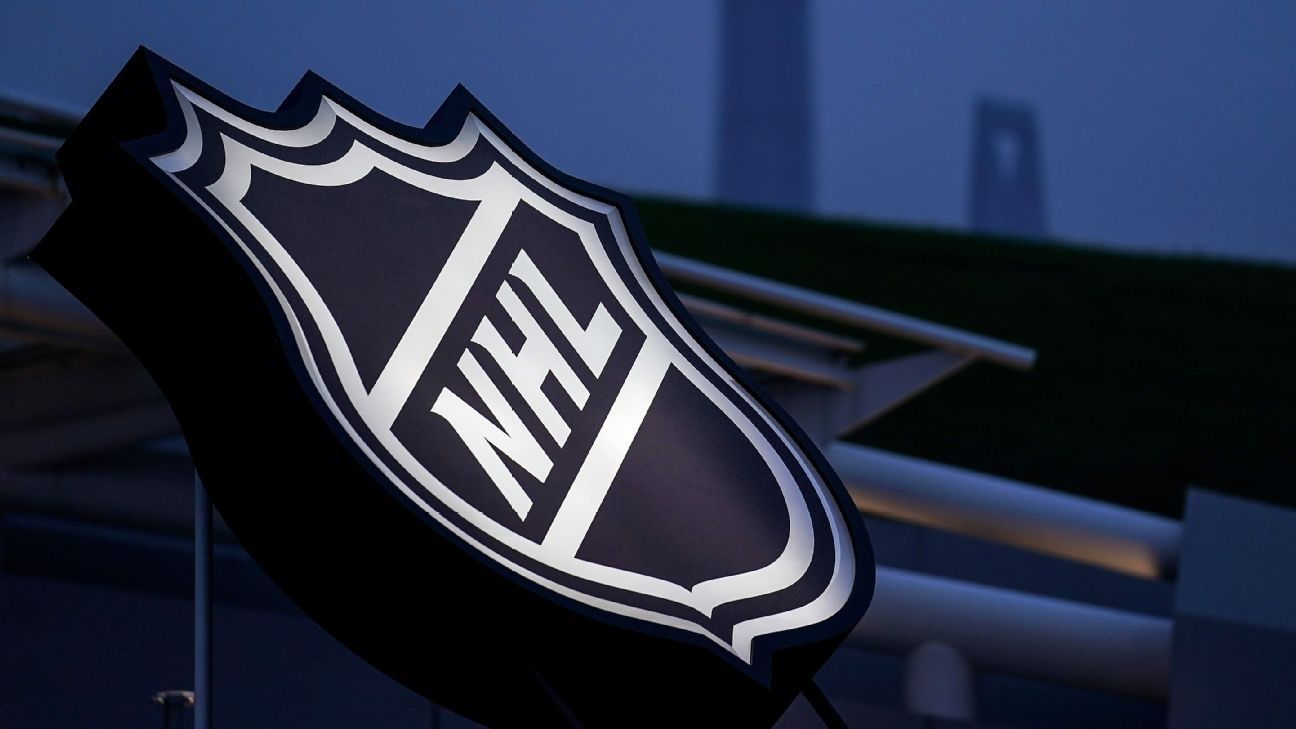The NHL’s chief medical officer is urging caution toward the NHL returning to play this season — including the idea of playing in empty arenas.
“From a medical perspective, I think we’d have to understand what the risks are for the different groups,” Dr. Willem Meeuwisse said on a call with reporters Wednesday. “What are the risks to the players? What are the risks to the staff that would be required to run an event? And what are the risks to the fans?
“Once we know what those things are, I think we can make a more intelligent decision.”
The NHL’s season has been on pause since March 12 due to the coronavirus pandemic, and the league is running several models of how they can complete the season — if at all possible.
Meeuwisse said it is “very difficult to predict” a timeframe at this point.
“We’d need to have some knowledge and confidence around the trajectory of the disease,” Meeuwisse said. “Because if it’s on a trajectory of getting worse and worse, it makes a lot less sense getting people together.”
NHL players were initially told to self-quarantine through Friday, though the NHL has now extended that date to April 4.
“That’s a meaningless date really at this point in time,” NHL Deputy Commissioner Bill Daly said. “As we get closer to the date, we’re going to have to make decisions as to what to do then. We’re biting this off in chunks.”
Said Meeuwisse: “It’s difficult to predict where the pandemic is going and what the timeline will be, but we do expect this is going to get worse before it gets better.”
Meeuwisse called it “fortunate” that the NHL has only had two COVID-19 tests so far — both were players for the Ottawa Senators. The NHL’s testing, so far, has mainly focused on those exhibiting symptoms.
“I think we were fortunate in making the decision on March 12 to not only pause play, but actually have players go into self-quarantine, including staff and coaches,” Meeuwisse said. “We have a pretty good idea now, because we’re almost at the two-week mark, that the likelihood of them being affected prior to that period is pretty low. That doesn’t mean someone can’t be exposed now.”
Players were told they could self-quarantine anywhere, which led some European-born players to return to their home countries.
“The first step that we anticipate taking is bringing people together in small groups,” Meeuwisse said. “But the timeline for that at this point is very difficult to articulate. While it’s rapidly accelerating, the risk in the general population is probably increasing rather than decreasing, so until we see where the peak is going to be and how high that peak is going to be, it’s very difficult to give a definitive timeline.”
Meeuwisse said he has regular calls with his counterparts at MLB, the NBA and the NFL to “make sure that we’re consistent in the information that we have, given that it’s constantly changing, so that we have sort of a common base for making decisions.”
Should the NHL return to play this season, Meeuwisse said there would be a mini training camp — first off-ice conditioning, then practice — before actual games.
“It is important that they try to maintain their conditioning so we can resume play if the conditions change substantially, but it’s very difficult to do,” Meeuwisse said. “It’s more of a do-what-you-can-do approach, where if players can work out at home in an isolated environment, that would be ideal. We do allow them — and maybe even them encourage them — to get outside and get some fresh air because I think that’s one thing that’s probably going to be an emerging public health message for everyone.”
